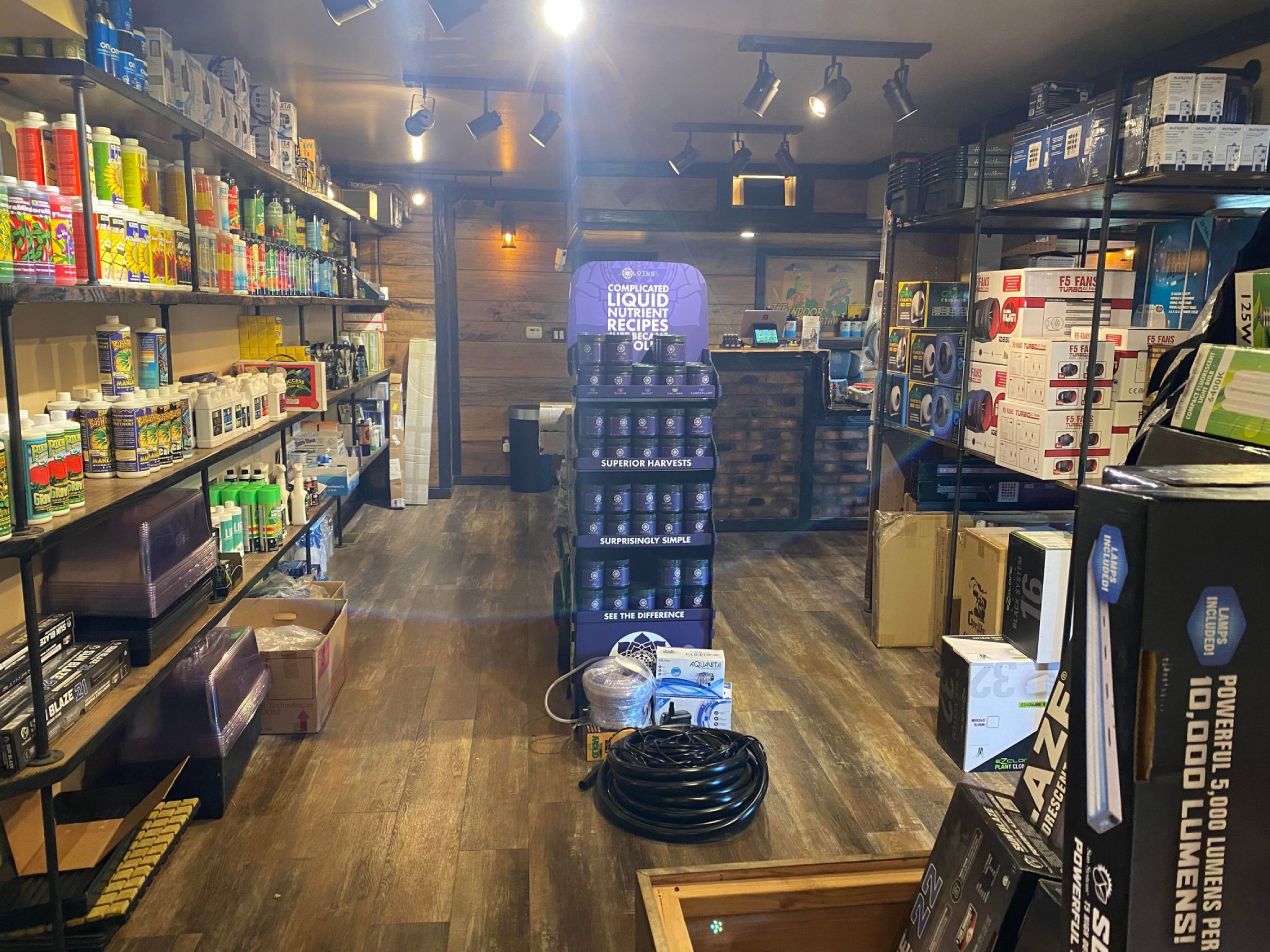The Indoor Earthworm: The Crucial Animal for Eco-Friendly Houses
The Indoor Earthworm: The Crucial Animal for Eco-Friendly Houses
Blog Article
The Ultimate Guide to Hydroponic Equipments and Techniques
In the globe of modern agriculture, hydroponic systems have actually arised as a groundbreaking technique for growing plants without soil. As we discover the complexities of hydroponics in this thorough guide, we will navigate via the different kinds of systems, discover the vital nutrients essential for plant development, and delve into advanced techniques that can considerably boost returns.
Benefits of Hydroponic Systems
Hydroponic systems use a plethora of benefits, consisting of efficient resource usage and accurate nutrient shipment to plants. By supplying a regulated atmosphere for plant development, hydroponic systems allow optimum water and nutrient use, leading to higher returns contrasted to traditional soil-based cultivation. This efficiency not just preserves sources yet additionally lowers waste, making hydroponic systems eco pleasant.
In addition, the precise delivery of nutrients in hydroponic systems allows for customization based upon the details requirements of each plant range. This targeted technique guarantees that plants receive the right equilibrium of crucial nutrients, advertising much healthier growth and reducing the risk of nutrient shortages or discrepancies. Furthermore, the ability to monitor and readjust nutrient levels in real-time maximizes plant performance and general crop top quality.
Moreover, hydroponic systems get rid of the need for herbicides and pesticides, as the closed-loop system reduces the threat of insects and diseases that are generally discovered in soil-based farming - The Indoor Earthworm. This not just benefits the plants and the atmosphere but additionally adds to producing cleaner, much healthier crops for intake
Sorts Of Hydroponic Setups

Deep Water Society (DWC) entails putting on hold plant origins in a nutrient remedy, enabling enough oxygenation. Nutrient Film Strategy (NFT) makes use of a shallow stream of nutrient service flowing over the plant roots, providing a consistent supply of nutrients. Ebb and Circulation systems flooding the plant roots at intervals, guaranteeing they obtain nutrients and oxygen. Trickle systems include leaking a nutrient service onto the plant roots, supplying specific control over feeding. Aeroponics hazes the plant roots with a nutrient solution, making the most of oxygen absorption.
Each sort of hydroponic setup has its benefits and is fit to different plant selections and growth phases. Comprehending the distinct attributes of these systems can assist hydroponic growers select the most ideal configuration for their details requirements and preferences.
Crucial Nutrients for Hydroponics
In hydroponic systems, plants depend on a specific balance of vital nutrients to grow and grow effectively. These necessary nutrients are crucial for different plant features such as photosynthesis, origin growth, and overall growth.
Along with macronutrients, plants likewise require second nutrients like sulfur, magnesium, and calcium, as well as micronutrients such as iron, copper, zinc, and manganese (The Indoor Earthworm). These nutrients are crucial for making certain that plants have all the necessary building blocks to accomplish vital organic procedures

Advanced Strategies for Maximum Yield
To accomplish optimal returns in hydroponic systems, cultivators can implement innovative methods that improve plant growth and performance. Additionally, employing techniques like plant training and trimming can help maximize light circulation and air movement, guaranteeing that all components of the plant get adequate light and nutrients. Making use of automated systems for nutrient delivery and surveillance can help keep optimal nutrient degrees, reducing the danger of deficiencies or discrepancies that can prevent plant growth.
Troubleshooting Common Hydroponic Issues
One widespread issue is nutrition deficiencies, where plants lack essential elements for healthy and balanced growth. Preserving Recommended Site the appropriate pH range specific to the plant being expanded is crucial for ideal nutrient uptake. By promptly identifying and resolving these typical hydroponic problems, growers can keep healthy plants and make the most of yields in their hydroponic systems.
Verdict
In final thought, hydroponic systems provide various advantages for growing plants successfully. By utilizing various kinds of configurations and providing essential nutrients, farmers can accomplish optimal yield via advanced techniques. It is essential to fix usual problems that may emerge in order navigate here to maintain an look at here effective hydroponic operation. With mindful planning and focus to detail, hydroponic systems can reinvent the way plants are grown, leading to even more sustainable and efficient farming practices.
By offering a regulated environment for plant growth, hydroponic systems allow optimum water and nutrient usage, leading to higher yields contrasted to typical soil-based cultivation. The Indoor Earthworm. Nutrient Film Method (NFT) makes use of a shallow stream of nutrient service streaming over the plant origins, giving a constant supply of nutrients. Monitoring and changing nutrient degrees based on plant development phases is crucial to avoiding nutrition shortages or poisonings and making the most of plant efficiency in hydroponic systems
Furthermore, utilizing strategies like plant training and trimming can aid maximize light circulation and air movement, ensuring that all parts of the plant receive adequate light and nutrients. Utilizing automated systems for nutrient delivery and monitoring can help maintain optimal nutrient degrees, lowering the threat of deficiencies or discrepancies that can impede plant growth.
Report this page